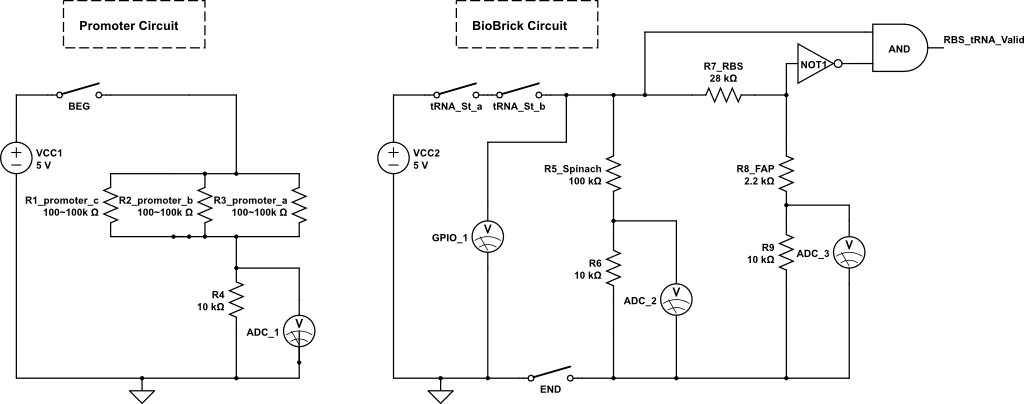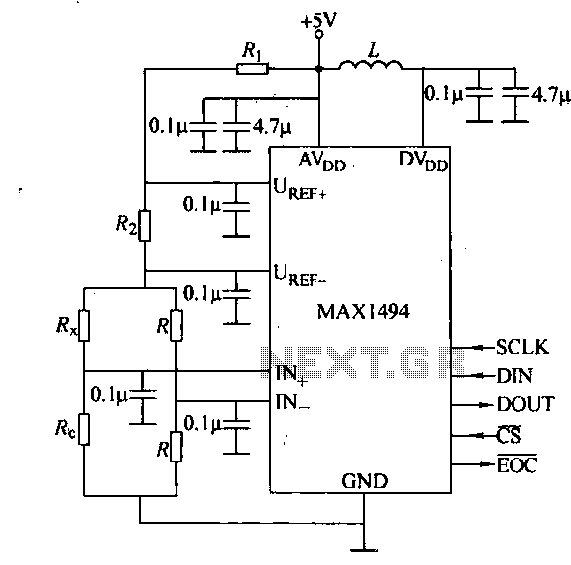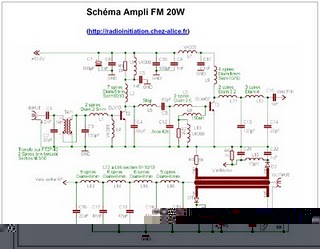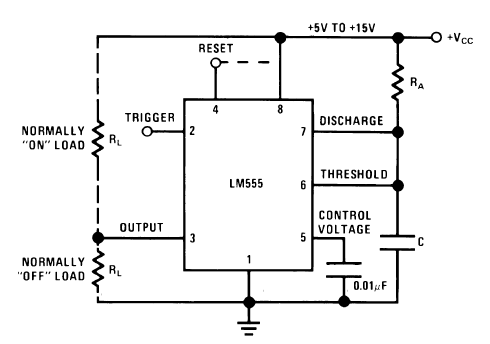
4 time ON-OFF relay circuit
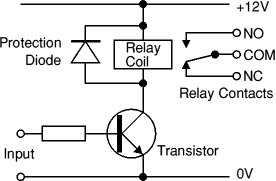
A circuit is required where, upon power application, a timer triggers, keeping a relay in the off state. Once the timer completes its cycle, the relay will activate.
The circuit design consists of a timer integrated with a relay to control the switching operation. The primary components include a timer IC, such as the 555 timer, configured in monostable mode, a relay suitable for the load, and supporting passive components like resistors and capacitors.
Upon the application of power, the timer IC is activated, initiating a timing cycle based on the resistor-capacitor (RC) network connected to its timing pins. The output of the timer remains low during the timing period, ensuring that the relay remains deactivated. The relay's coil is connected to the output of the timer, which is typically at a low state during the timing interval.
Once the timer completes its designated timing period, the output transitions to a high state, energizing the relay coil. This action closes the relay contacts, allowing current to flow through the load connected to the relay. The relay will remain activated until power is removed from the circuit or the timer is reset.
To ensure stability and prevent false triggering, it is advisable to include a debounce circuit if the timer is being activated by a switch. Additionally, protection diodes should be placed across the relay coil to prevent back EMF from damaging the timer IC when the relay is de-energized.
Overall, the circuit provides a simple yet effective solution for timed relay activation, suitable for various applications requiring delayed switching.guys i need a 2 circuit the one is when power applied the timer will trigger and the relay will remain off when the timer runs out the relay will turn .. 🔗 External reference
The circuit design consists of a timer integrated with a relay to control the switching operation. The primary components include a timer IC, such as the 555 timer, configured in monostable mode, a relay suitable for the load, and supporting passive components like resistors and capacitors.
Upon the application of power, the timer IC is activated, initiating a timing cycle based on the resistor-capacitor (RC) network connected to its timing pins. The output of the timer remains low during the timing period, ensuring that the relay remains deactivated. The relay's coil is connected to the output of the timer, which is typically at a low state during the timing interval.
Once the timer completes its designated timing period, the output transitions to a high state, energizing the relay coil. This action closes the relay contacts, allowing current to flow through the load connected to the relay. The relay will remain activated until power is removed from the circuit or the timer is reset.
To ensure stability and prevent false triggering, it is advisable to include a debounce circuit if the timer is being activated by a switch. Additionally, protection diodes should be placed across the relay coil to prevent back EMF from damaging the timer IC when the relay is de-energized.
Overall, the circuit provides a simple yet effective solution for timed relay activation, suitable for various applications requiring delayed switching.guys i need a 2 circuit the one is when power applied the timer will trigger and the relay will remain off when the timer runs out the relay will turn .. 🔗 External reference
